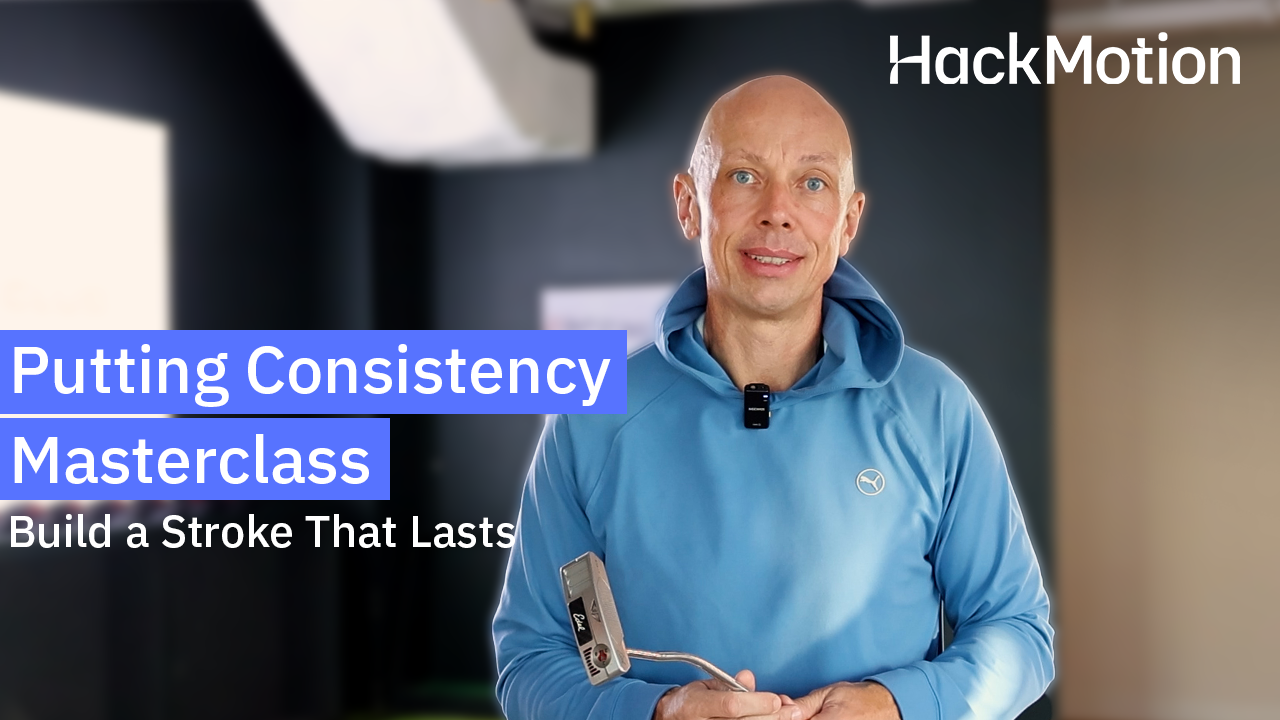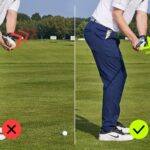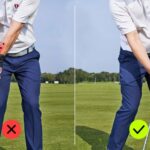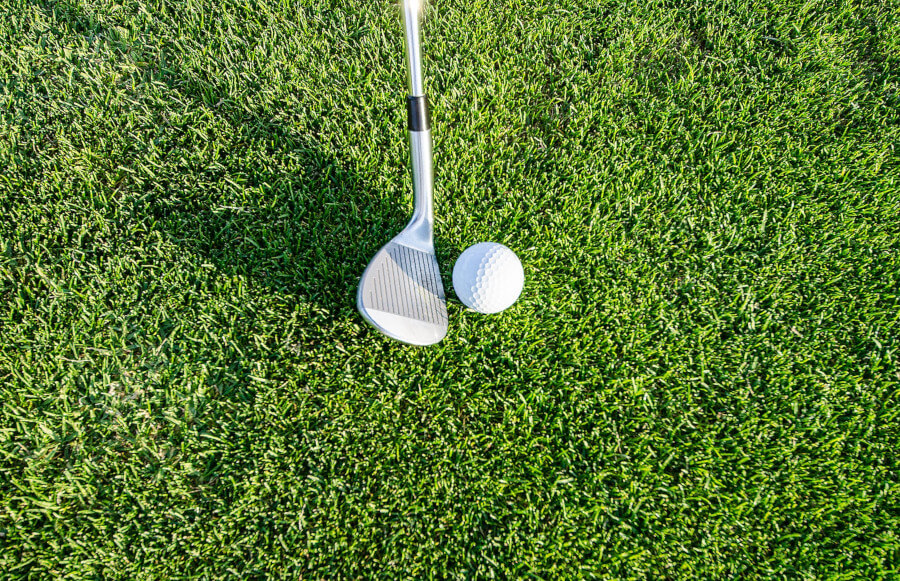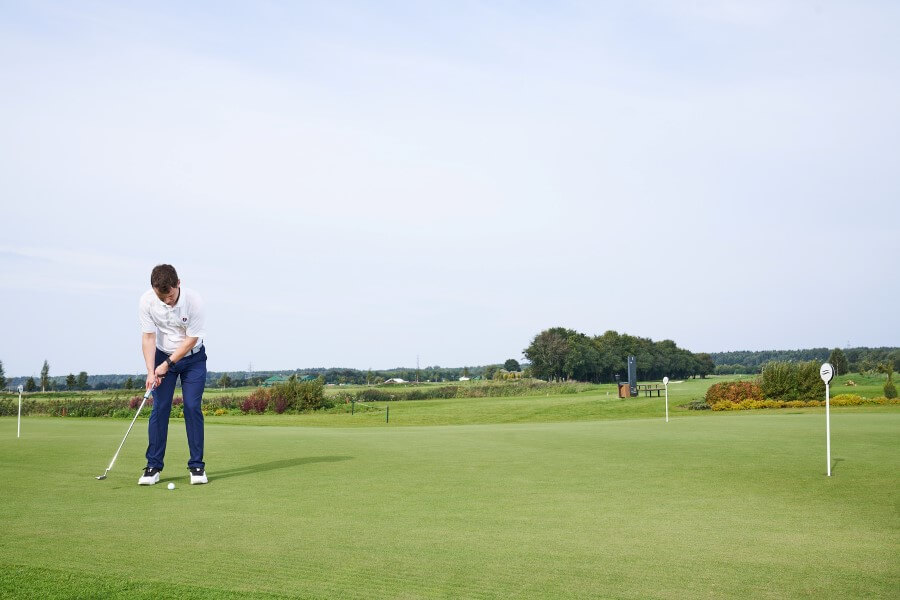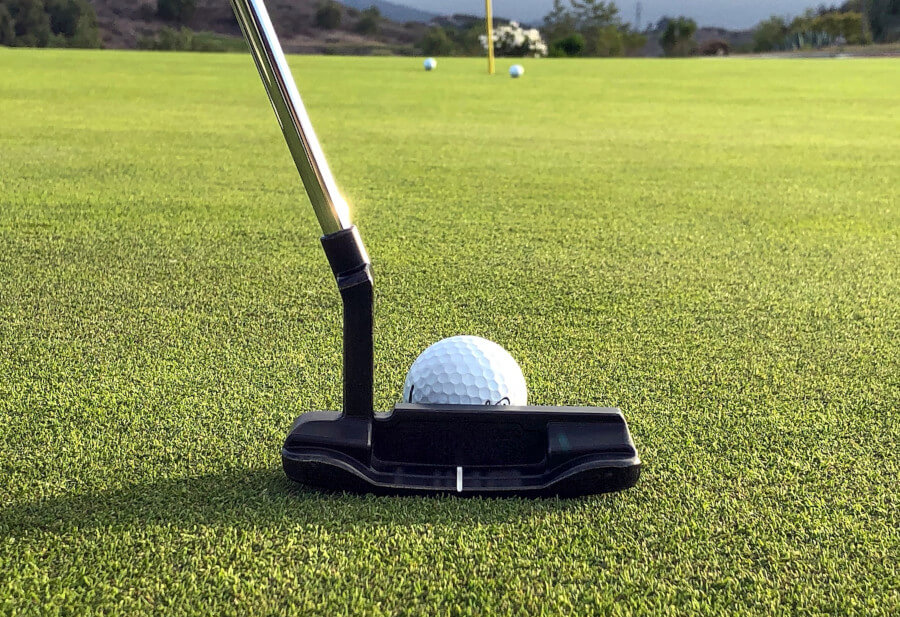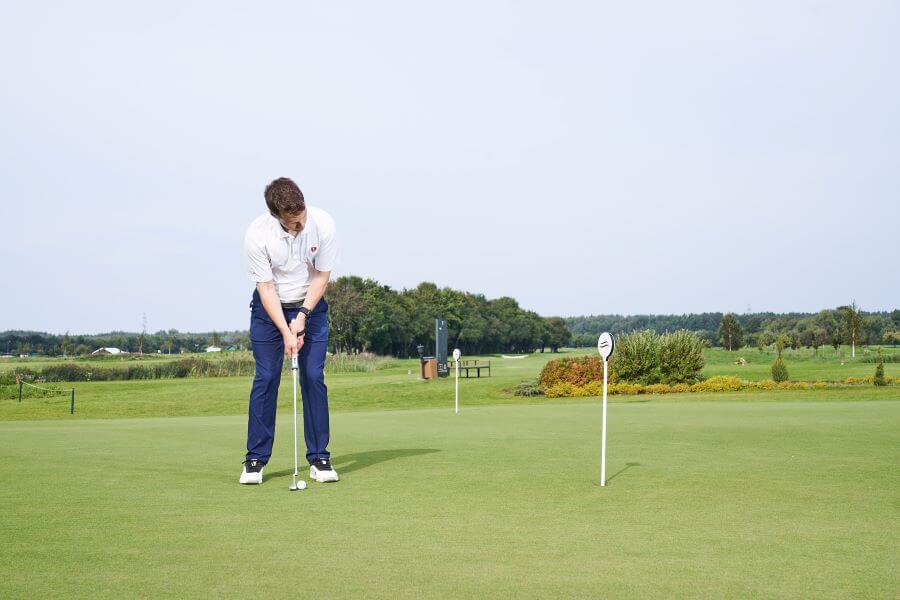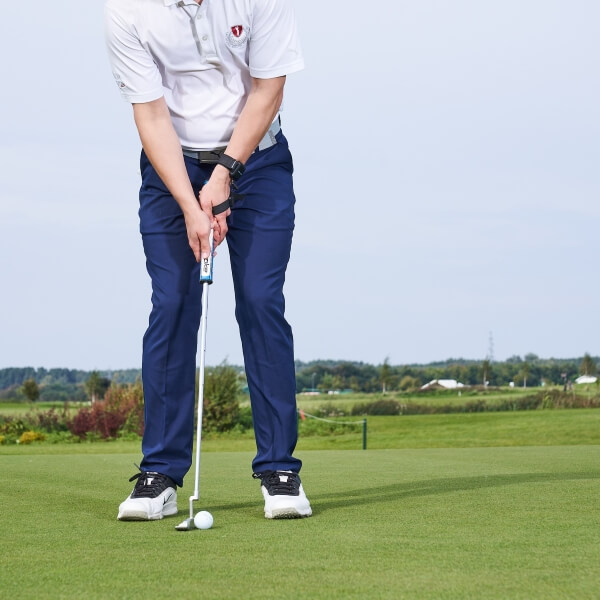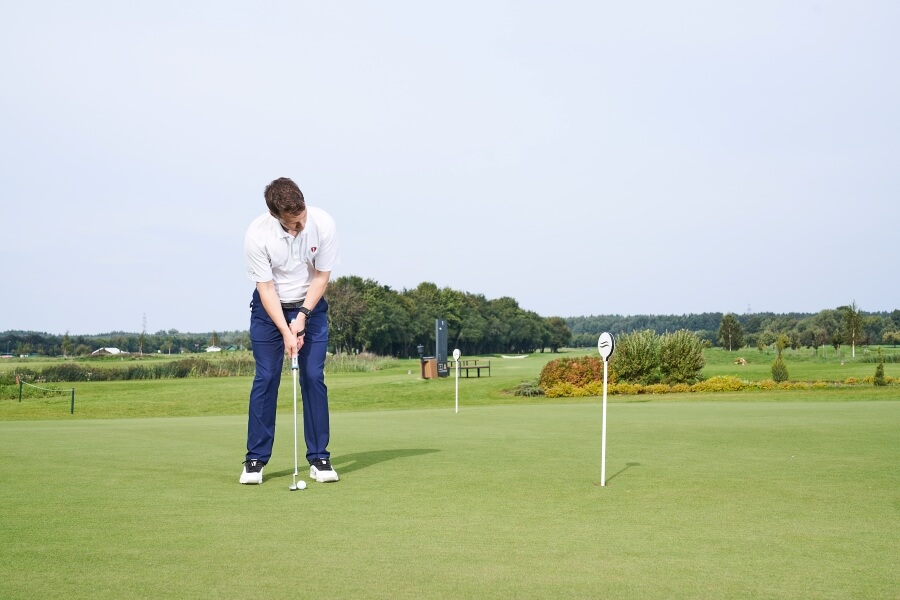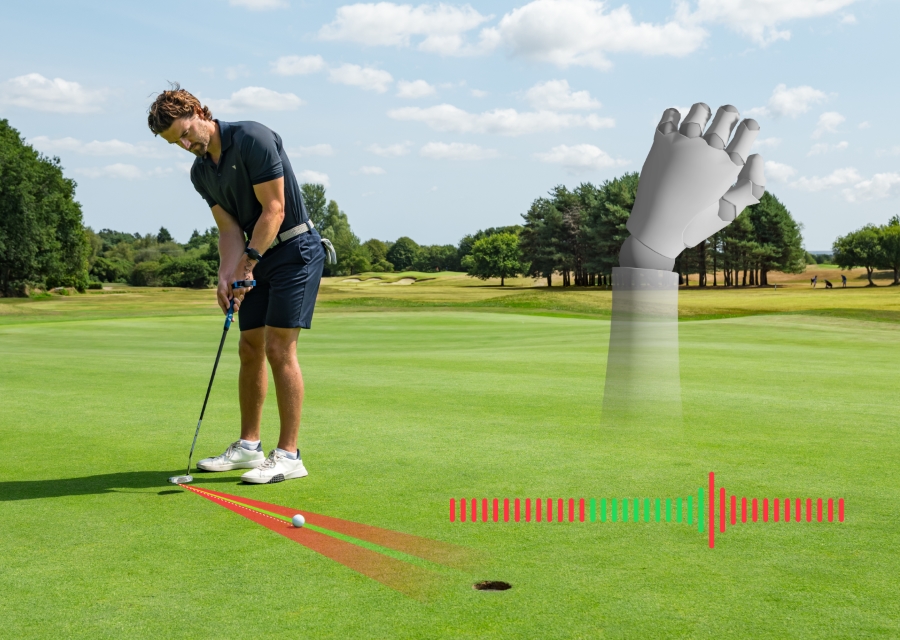How to Read Greens in Golf: 6 Proven Putting Tips That Actually Work
Some golfers assume putting is the easy part. After all, how hard can it be to roll a ball across the green?
But putting is more complex than it looks, and if you want to be good at it, you’ll need more than just touch. One of the most important skills to develop is reading greens.
Here are a few proven tips that can help you improve both your reads and your overall putting performance. See how many you can start applying to your game today.
How to Read Greens in Golf (Key Takeaways)
If you don’t have time to read through all of our tips for better green reading, here are some things you should know to get you started.
- Reading greens starts with the basics: slope, grain, and speed.
- Most breaks happen near the hole—focus there.
- Controlling distance is just as important as reading direction.
- Use the ladder drill and heads-up putting to sharpen speed control so that you get rewarded for a perfect green read.
- HackMotion helps measure subtle wrist movements that affect putter face angle and speed. Square wrists = square face = better start line and distance control.
Contents
6 Game-Changing Tips for Reading Greens Effectively
Read the Last Few Feet First
Most of the break in a putt happens in the final few feet before the hole. When you have a longer putt and you aren’t sure what will happen, start by looking at the hole and reading the last few feet.
Make sure that when you get to the green, you take a lap around the hole and read it from the other side as well.
Sometimes, looking at the hole from the low side will help you get a feel for the break and which way it may turn.
Don’t Just Look, Feel the Slope
The Aimpoint putting method teaches golfers how to feel the slope, not just look at it. While you don’t have to completely adopt the Aimpoint method, you can use your feet to feel the slope.
When walking around the putt, feel if your weight shifts left or right. What you are feeling is the slope.
You may not visually notice it, but if you can feel it, it’s there. Pay close attention to the overall feel as you walk up to mark your ball and then walk to the other side of the hole to read your putt.
Know the Grain
If you are playing on greens that show a lot of grain, understand that the grain follows the direction the grass is growing. It’s shinier and faster when putting with it; it’s darker and slower against it.
If you have trouble reading the grain, look at the cup edges; if one side is worn down more, that’s the direction of the grain.
Control Your Start Line with a Square Face
Even if you read the break perfectly, it won’t matter if you push or pull your putt.
Most direction errors start at the wrists. When reading the greens, the last thing you want to leave yourself with before you address the ball is the exact start line.
If you’re having difficulty keeping the ball on that start line, use HackMotion to track face angle at impact. Small changes (1–2° open or closed) can miss the hole on short putts. If your face is consistently off, your wrists are likely moving too much.
Try the Chopsticks Drill to stabilize your stroke. You can also use it in conjunction with the Flexion/Extension drill built into the HackMotion app.
Chopsticks Drill – Step by Step
- Secure two alignment rods together with a band to form a cradle.
- Slide them under your armpits and hold your putter between them.
- Practice your stroke—if the putter wobbles, your wrists are overactive.
- Use HackMotion to confirm that wrist flexion and extension remain stable through impact.
Work on Speed Control First
Speed control plays into your green reading.
If you pick a perfect line and then putt the ball too hard or too soft, your putt likely won’t follow the break. If you putt too soft, the putt often leaves the intended line too soon, and putting too hard pushes your ball right through the break.
Working on distance control drills can help your green reading. When you have a general feel for distance control, you’ll trust your line and your stroke.
Most importantly, a good read, a square clubface and a handle on speed control is what helps eliminate those three putts.
Train smarter at home—putting, short game, and full swing. Start with these putting drills to practice at home, then expand your routine with our full guide on how to practice golf at home.
Try Heads-Up Putting
Finally, if you still struggle to read greens, it may be that you don’t understand how they work. Let’s face it: You read a green, take a putt, and then look up when the ball is more than halfway to the hole.
It’s not always easy to see if your read was correct, your stroke was off, etc.
Try putting some by looking at the target instead of the ball. You’ll learn a lot about how greens work, and it can help you improve your feel and distance control.
Final Thoughts
Reading greens is more than just seeing the line, it’s about feeling speed and understanding slope. Train your distance control first, then layer in your reads.
HackMotion helps by showing you exactly what your wrists are doing during the stroke. If you can learn to square the face consistently, you eliminate that variable and can focus more on your green reading.
